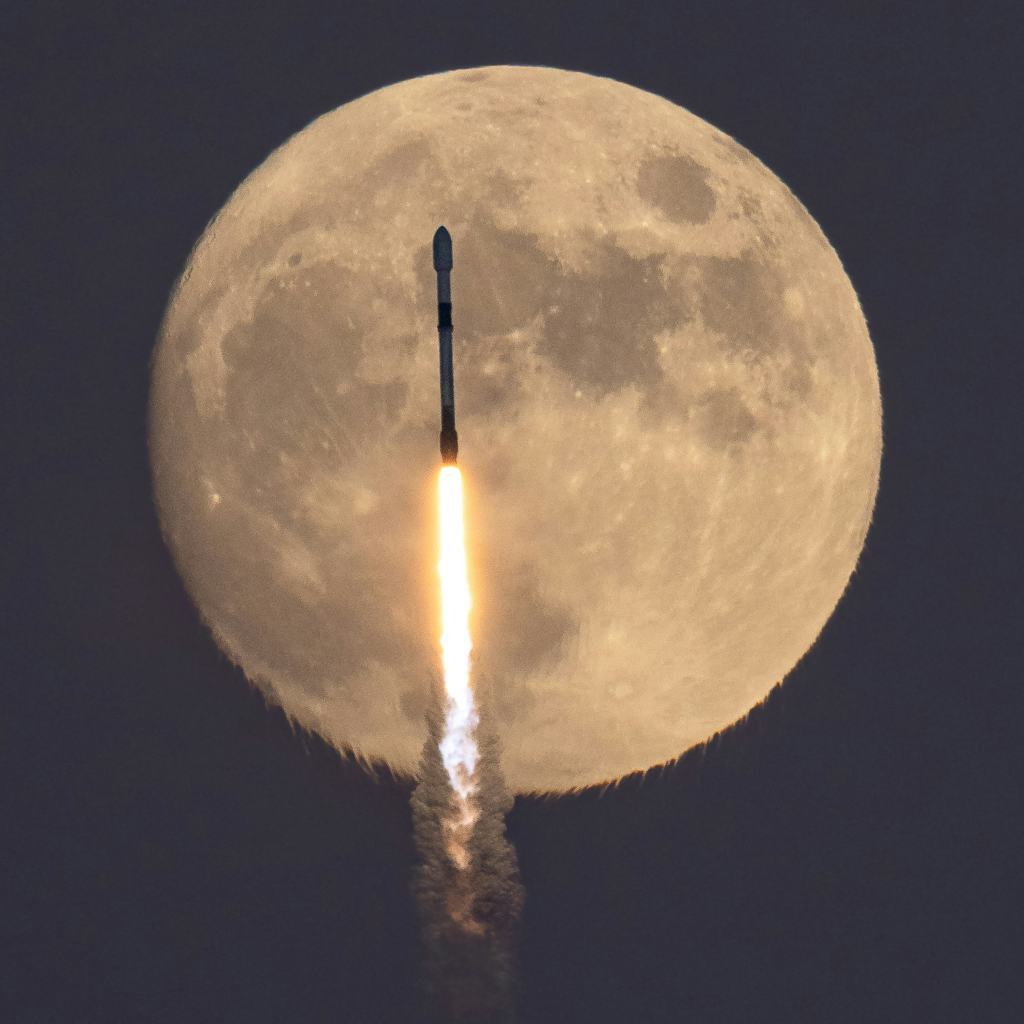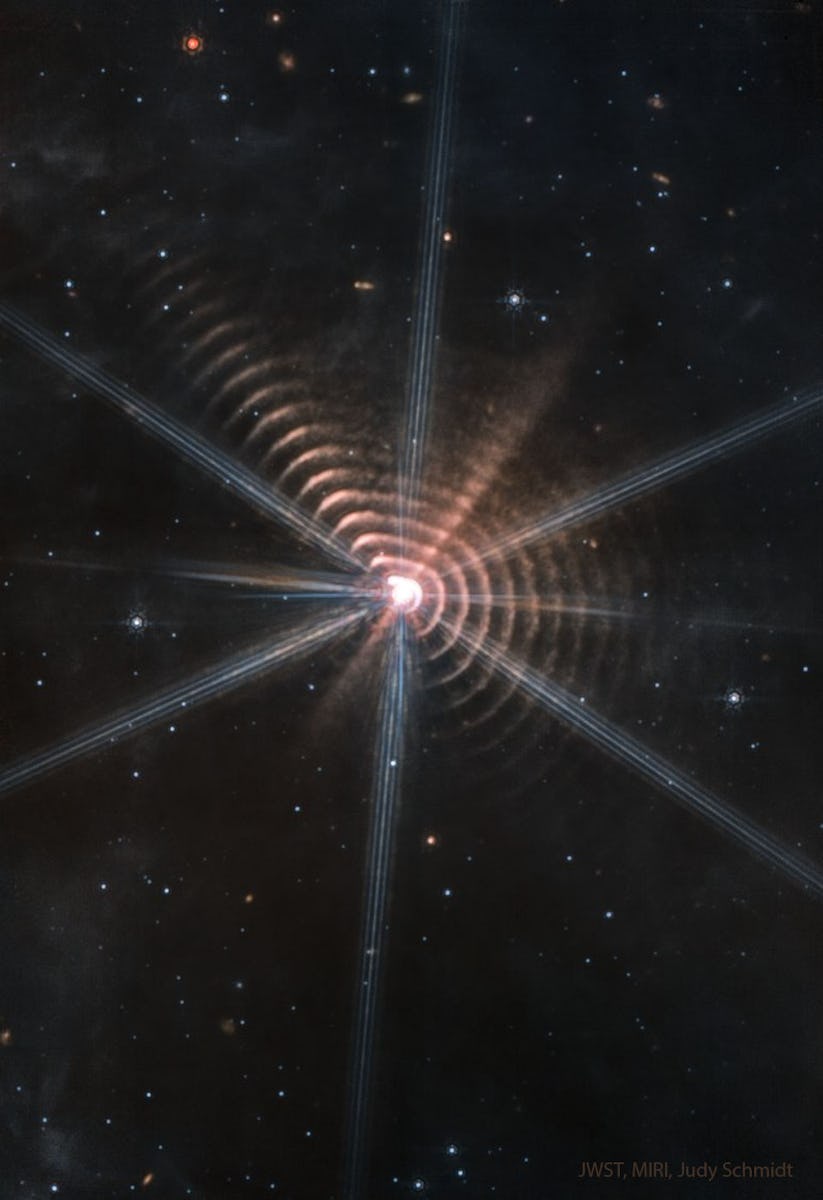Up early, before dawn,
doing my best
to stifle a yawn.
With sleep filled eyes,
I read the news,
but to be honest,
I wish I could snooze.
Resting these eyes,
there's nothing to lose,
before I have a nap,
if that's what I choose.
Public Posts Bellevue, WA Bellevue, WA (zoom)
Wassily Kandinsky (1866 - 1944) was a Russian painter and art theorist. One of the pioneers of abstraction in western art. He studied Law and Economics at the University of Moscow. He spent 18 years in Munich, returning to Russia after the outbreak of World War I. He returned to Germany in 1920 where he taught at the Bauhaus school of art and architecture until the Nazis closed it in 1933. He then moved to France, where he produced some of his most prominent art, became a French citizen and lived for the rest of his life.
It's funny how thoughts pop into your head.
My grandparents retired from the railroad.
My father and I both worked there for a short time.
Our family home, when in high school, was close
to the railroad tracks.
I would use the RR tracks for a path to go hunting
and fishing.
I recall, when walking down the hall at the memory
care unit, where both my wife and I now reside.
My beloved is in early or mid-Alzheimer and walks with
a short, choppy walk. I found myself walking in a similar
shuffle and it brought to mind my youthful days walking
the tracks. Walking on the ties required two small steps
the one long step and repeat. Or you could tread on every
tie, which wasn't ideal. It's funny about recollection and
what can trigger the thought.
Thank you for your patience and support over the years
as I scribbled out my thoughts and little odes.
A Comment by Loy

Thank you for sharing your thoughts and poems - I look forward to reading them.
NASA Astronomy Picture of the Day:
The Full Moon of October 9th was the second Full Moon after the northern hemisphere autumnal equinox, traditionally called the Hunter's Moon. According to lore, the name is a fitting one because this Full Moon lights the night during a time for hunting in preparation for the coming winter months. In this snapshot, a nearly full Hunter's Moon was captured just after sunset on October 8, rising in skies over Florida's Space Coast. Rising from planet Earth a Falcon 9 rocket pierces the bright lunar disk from the photographer's vantage point. Ripples and fringes along the edge of the lunar disk appear as supersonic shock waves generated by the rocket's passage change the atmosphere's index of refraction.
Photo by Michael Seeley
Lonesome the heart,
when you are afraid,
all of your loved ones,'
have left. Gone away.
Helpless the feelings,
when you have no control
or if you couldn't say,
how a new friendship,
could change your today.
The smoke-filled haze,
still remains in the trees,
awaiting some rain
with an evening breeze.
It would be great, to
once again breathe
No matter what
happens in this life,
I am content to have had
this much time with my wife.
A Comment by Loy

You’ve had many years together sharing life’s ups and downs - I’m happy you are there for her now.❤️
NASA Astronomy Picture of the Day:
What are those strange rings? Rich in dust, the rings are likely 3D shells -- but how they were created remains a topic of research. Where they were created is well known: in a binary star system that lies about 6,000 light years away toward the constellation of the Swan (Cygnus) -- a system dominated by the Wolf-Rayet star WR 140. Wolf-Rayet stars are massive, bright, and known for their tumultuous winds. They are also known for creating and dispersing heavy elements such as carbon which is a building block of interstellar dust. The other star in the binary is also bright and massive -- but not as active. The two great stars joust in an oblong orbit as they approach each other about every eight years. When at closest approach, the X-ray emission from the system increases, as, apparently, does the dust expelled into space -- creating another shell. The featured infrared image by the new Webb Space Telescope resolves greater details and more dust shells than ever before.
Where do I go,
when it is over here?
What will I do
when I no longer have you?
I knew this would happen.
Wasn't expecting it, this early.
I fed my wife her lunch today.
She cannot identify anything.
A fork, spoon, knife, cup, glass or
Plate mean nothing. Fingers have become her
Favorite utensil. I chose to feed her
Today for if I don't she will not eat well.
I will always
cherish thee,
for all the love
you gave to me.

An iconic salad with a mix of tangy pickled vegetables, cured meats, cheeses, and meats. Serve as a colorful dinner on its own, or as a starter to a hearty fare. Read more and see the recipe








.jpg?fit=crop&w=280&h=280&q=93)





.jpg?fit=crop&w=200&h=200&crop=faces)
.jpg?fit=max&w=1200&h=1200&q=48)



.webp?fit=max&w=1200&h=1200&q=48)


 - Copy.jpg?fit=crop&w=280&h=280&q=93)














